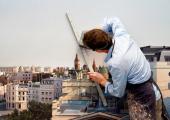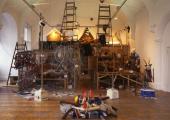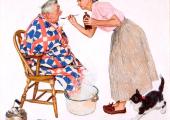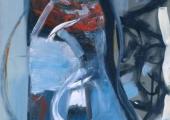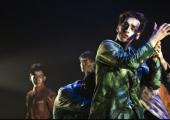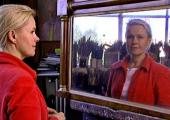Year Out/Year In: Art's Giants in Close-Up

The year we remembered that size isn't everything, plus forthcoming highlights
Last year gave us three giants of Post-Impressionism. The Royal Academy promised to unveil the real Van Gogh by showing us the man of letters; Tate Modern delivered a sumptuous survey of Gauguin; and a significantly smaller but nonetheless intelligent and illuminating display at the Courtauld Gallery homed in on just one series of paintings in Cézanne’s oeuvre - the ambitious, masterly and compositionally complex The Card Players.

